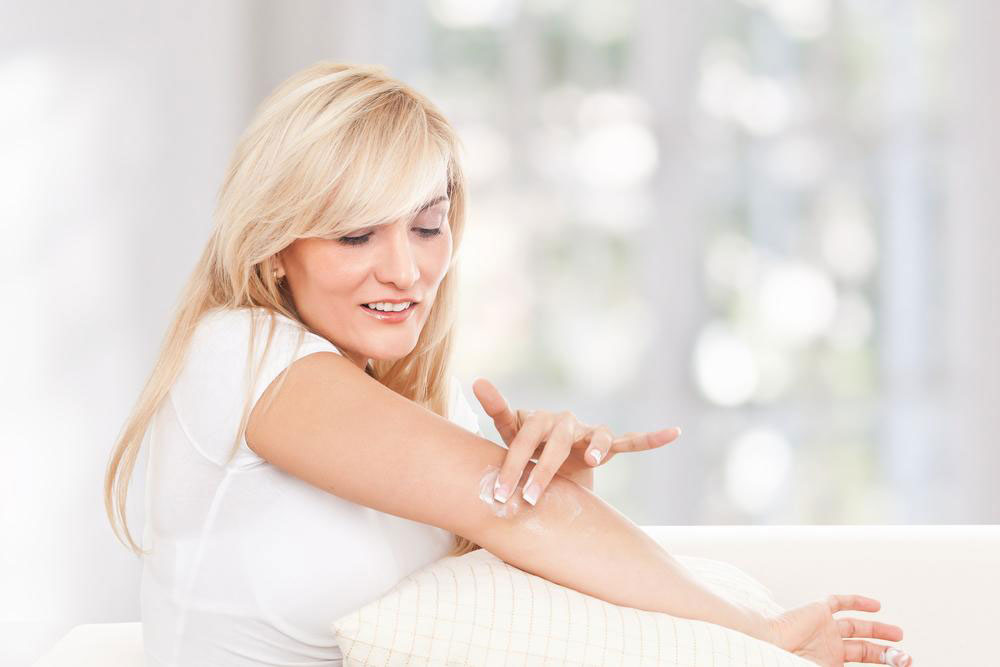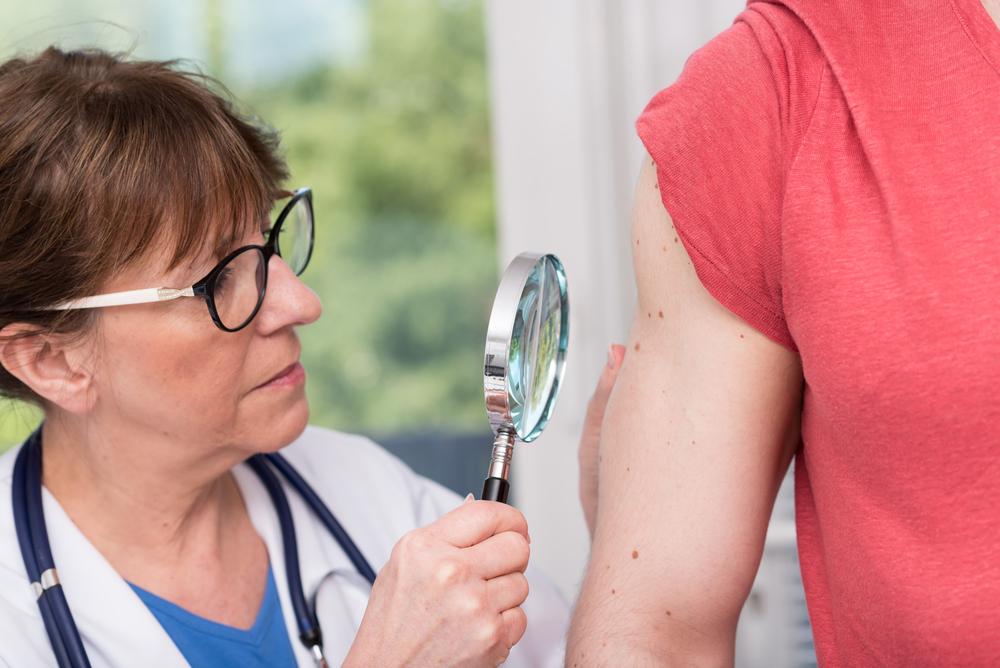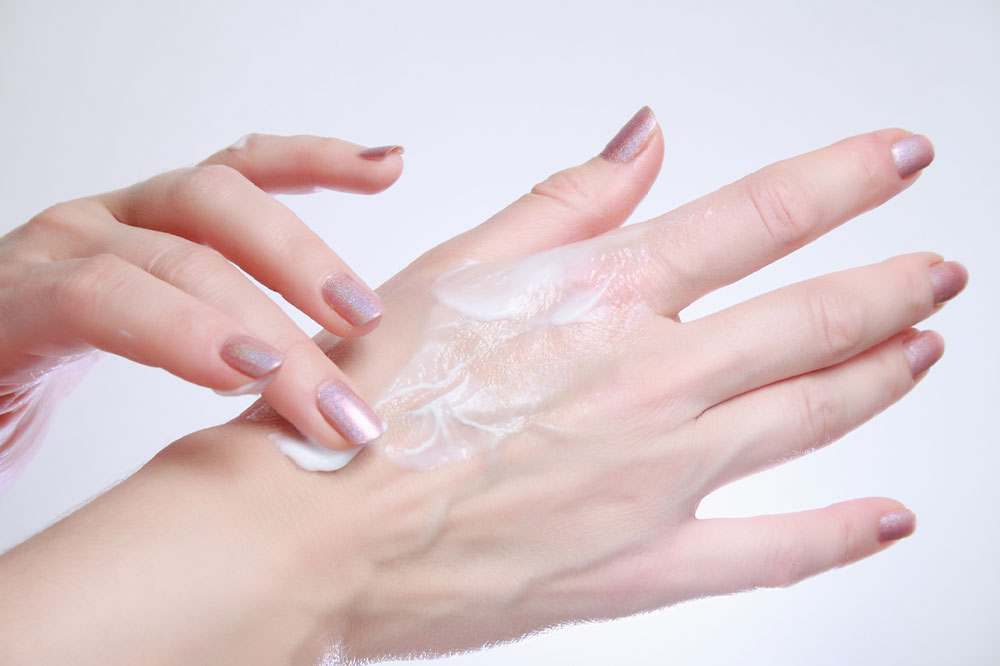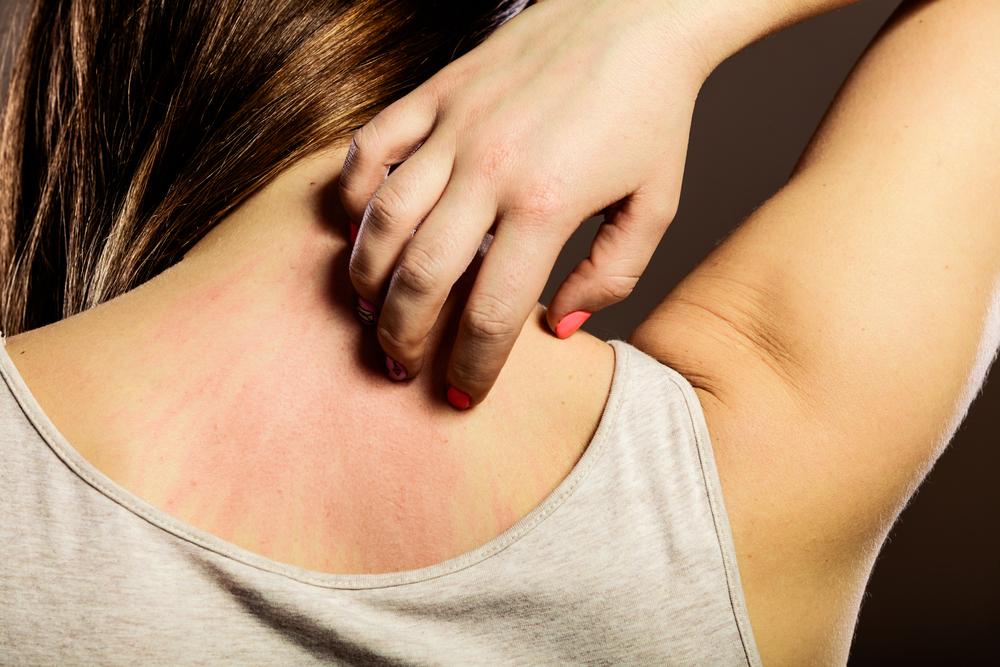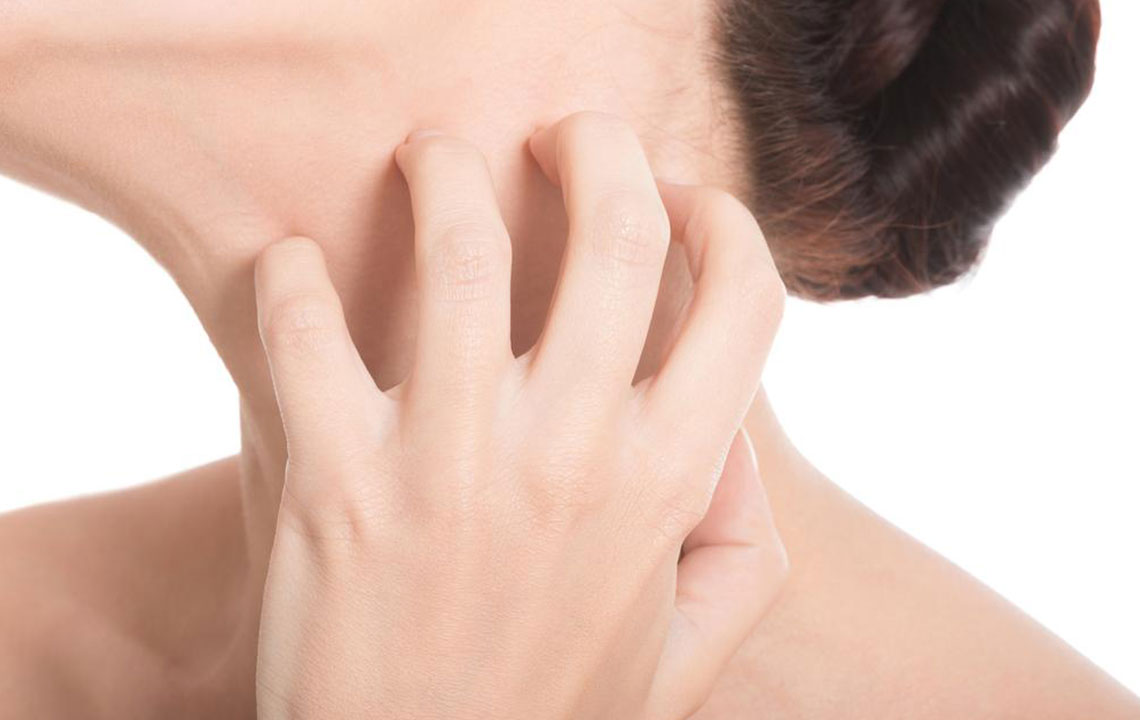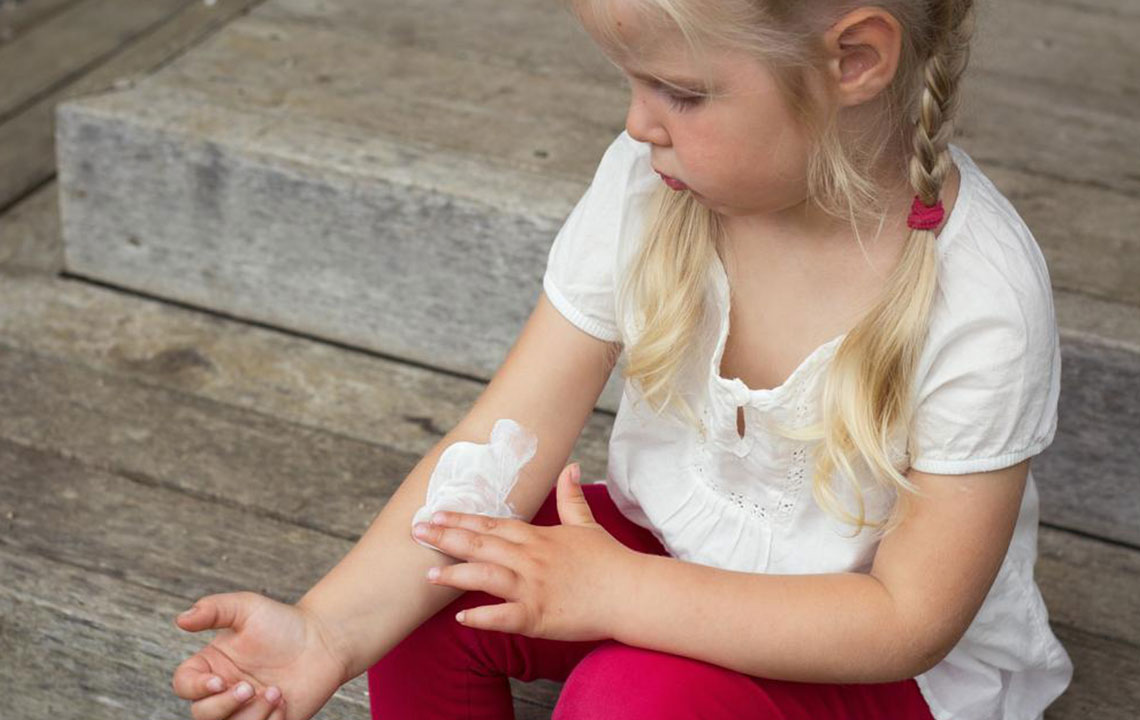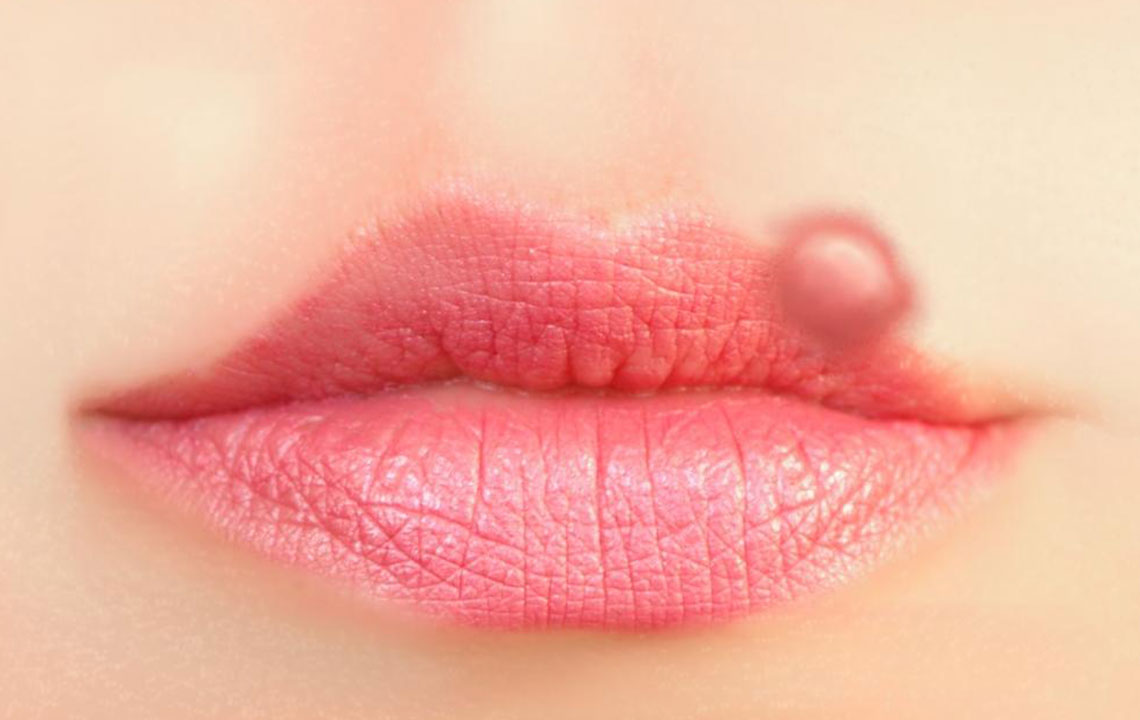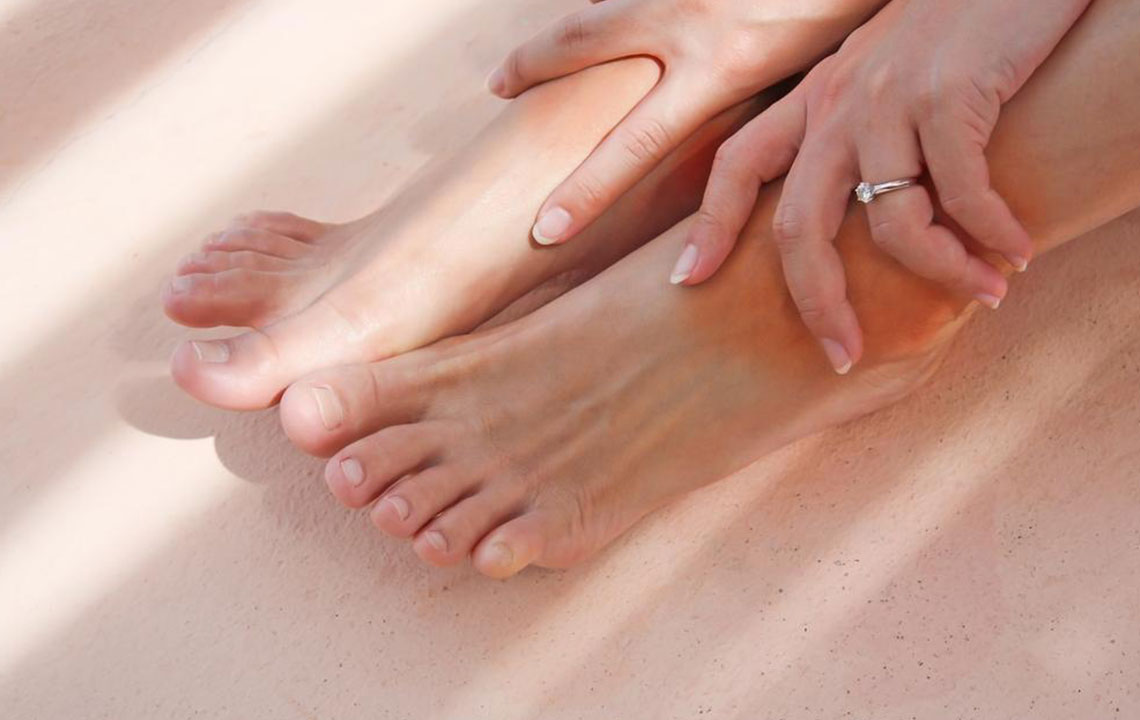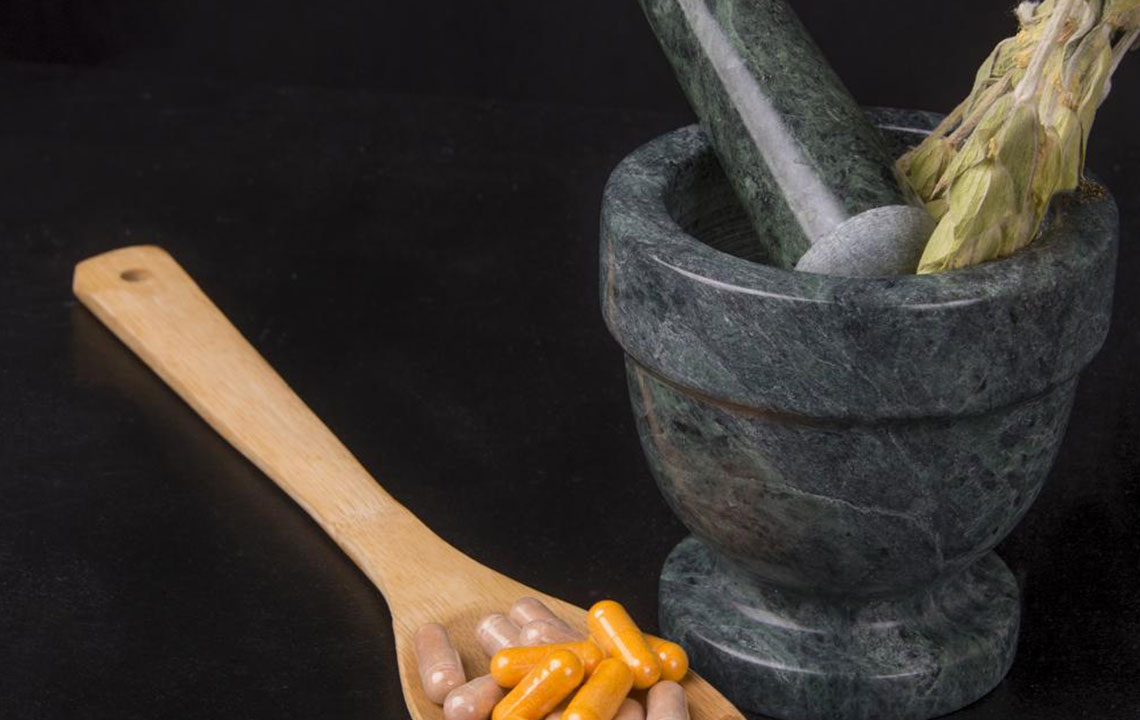Understanding Eczema: Types, Causes, Symptoms, and Treatment Options
This comprehensive guide explores eczema, covering its types, causes, symptoms, and treatment methods. Learn how genetic and environmental factors contribute to this chronic skin condition, and discover practical home remedies and medical options for effective management. Understanding eczema helps in early detection and better control of flare-ups, leading to healthier skin and improved quality of life.
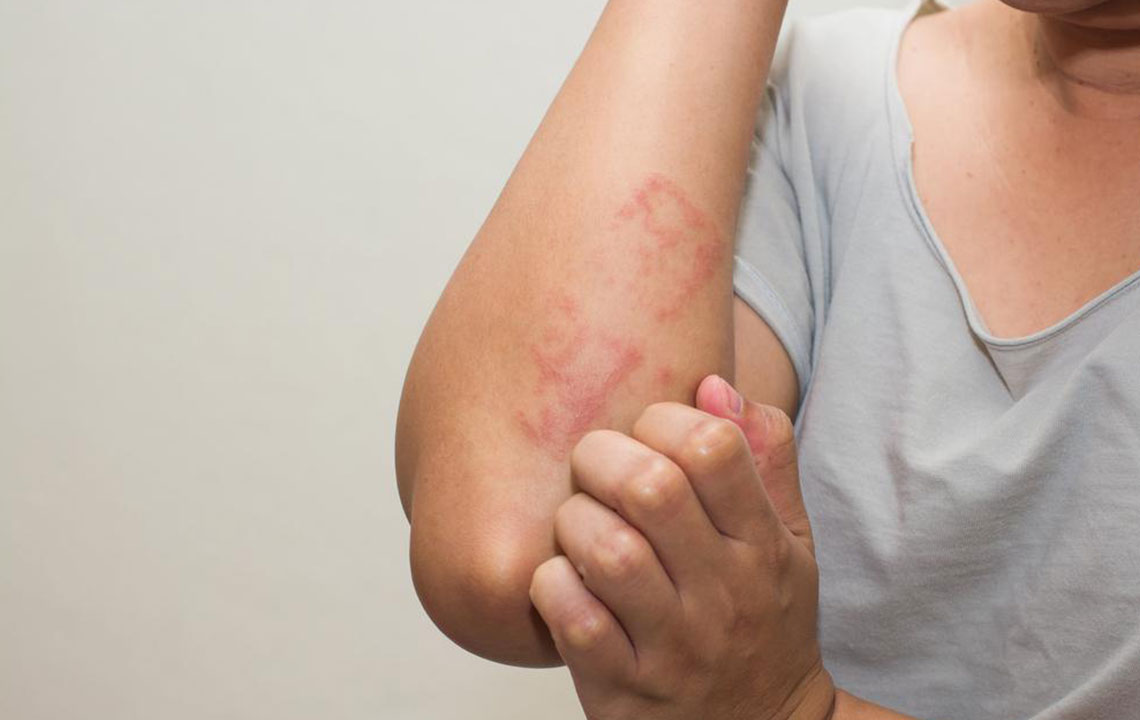
Understanding Eczema: Types, Causes, Symptoms, and Treatment Options
Eczema, also known as dermatitis, is a common skin condition affecting its outermost layer, the epidermis. The skin comprises three layers: epidermis, dermis, and subcutaneous tissue. Eczema is marked by inflammation, dryness, and persistent itching, leading to patches of rough, red, or blistered skin. It can affect individuals of all ages, from infants to adults, and may persist or recur over time. Eczema often results in skin that is easily irritated, prone to infections, and lacking protective barrier function.
Eczema does not spread through contact and is not contagious. Its exact cause remains unknown, but both genetic factors and environmental triggers play roles. When allergens activate skin cells, they trigger flare-ups. There are several types, including atopic dermatitis, contact dermatitis, dyshidrotic eczema, hand eczema, neurodermatitis, nummular eczema, seborrheic dermatitis, and stasis dermatitis. The most widespread form, atopic dermatitis, is long-lasting and severe. All types cause itching, redness, and blistering, with severity varying among individuals.
Causes of Eczema
Family history of allergies or asthma increases the risk. Skin barrier defects can lead to dryness and infections.
Though the precise cause is unknown, an overactive immune response to allergens and irritants is suspected.
Triggers include stress, harsh skincare products, extreme temperatures, and rough textiles.
Symptoms of Eczema
In infants, symptoms include dry, itchy patches, often on the scalp and cheeks, with possible oozing or crusting. Persistent scratching can cause infections and inflammation.
In adults, eczema may appear as rashes in the elbows, knees, neck, or other areas, leading to thickened, scaly skin and chronic itchiness. Common locations include wrists, hands, legs, and around the eyes.
Overall, affected skin appears dry, flaky, red, or darker, with pigmentation changes over time.
Managing Eczema
There is no cure; treatment focuses on managing symptoms and preventing flare-ups.
Home care involves wearing soft fabrics, using gentle moisturizers, avoiding harsh soaps, taking lukewarm baths, and keeping nails trimmed to reduce scratching.
Medications include topical steroids, calcineurin inhibitors, and oral medications to control inflammation and itchiness.
Phototherapy, involving controlled UV exposure, may be recommended for moderate cases.
Eczema varies in severity, influenced by genetics and environmental factors. Recognizing the signs and understanding triggers can help control this chronic skin condition. Consulting healthcare professionals and adopting proper skincare routines are essential steps toward managing eczema effectively.

